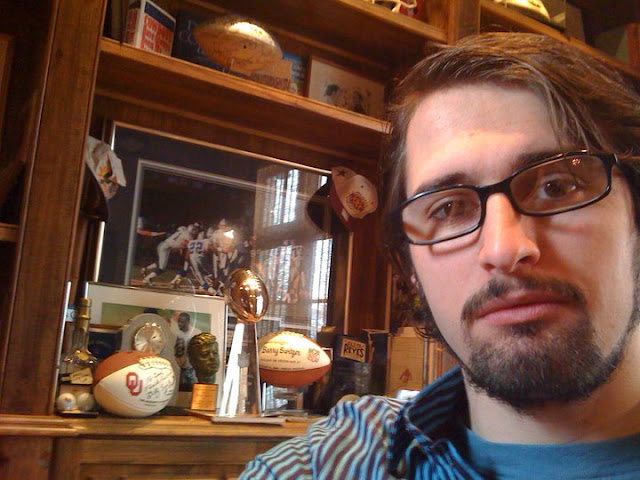 |
| (PHOTO: Rick Allen Lippert) |
The most recent episode was for a class, Electronic Field Production, which is taught by Professor Gerald Loessberg at the University of Oklahoma. Using equipment from Gaylord College, Wray finished shooting the project December 11th. He is still currently editing the final product, and will be showing the latest episode on Youtube on i106production's Channel.
Wray uses his real room mates as actors in the series. Recurring actors Nathan Drake and Jonathan Torrio are joined by Cortnie Garret, Ryan Bott, and James Wray himself in the latest episode, A Brief Metaphorical History of World War II. Drake and Torrio say, "I like it. It's witty and funny. [James] makes the time go by real fast and makes you want to do it more".
James began shooting shorts during his early high school years by filming various skateboarding videos with his friends. As he got into college, he set his goals higher little by little. Watching hundreds of films per year, Wray has developed his understanding of film, and has refined his technique as a cinematographer and director. Wray has a distinct fascination with stylistic films like Sergio Leone's The Good, the Bad, and the Ugly and Quentin Tarantino's Kill Bill. Wray has also had much experience with cameras working with OU Nightly.
It is unknown when Wray will be shooting another episode. Wray has his sights on being hired for Criterion Collection or Kino International. Wray allowed some sneak peak footage of the episode to be shown before its debut. The video below is a small biography of his career with the footage included. VIDEO: Matthew Shaffer, Runtime: 2:52.




